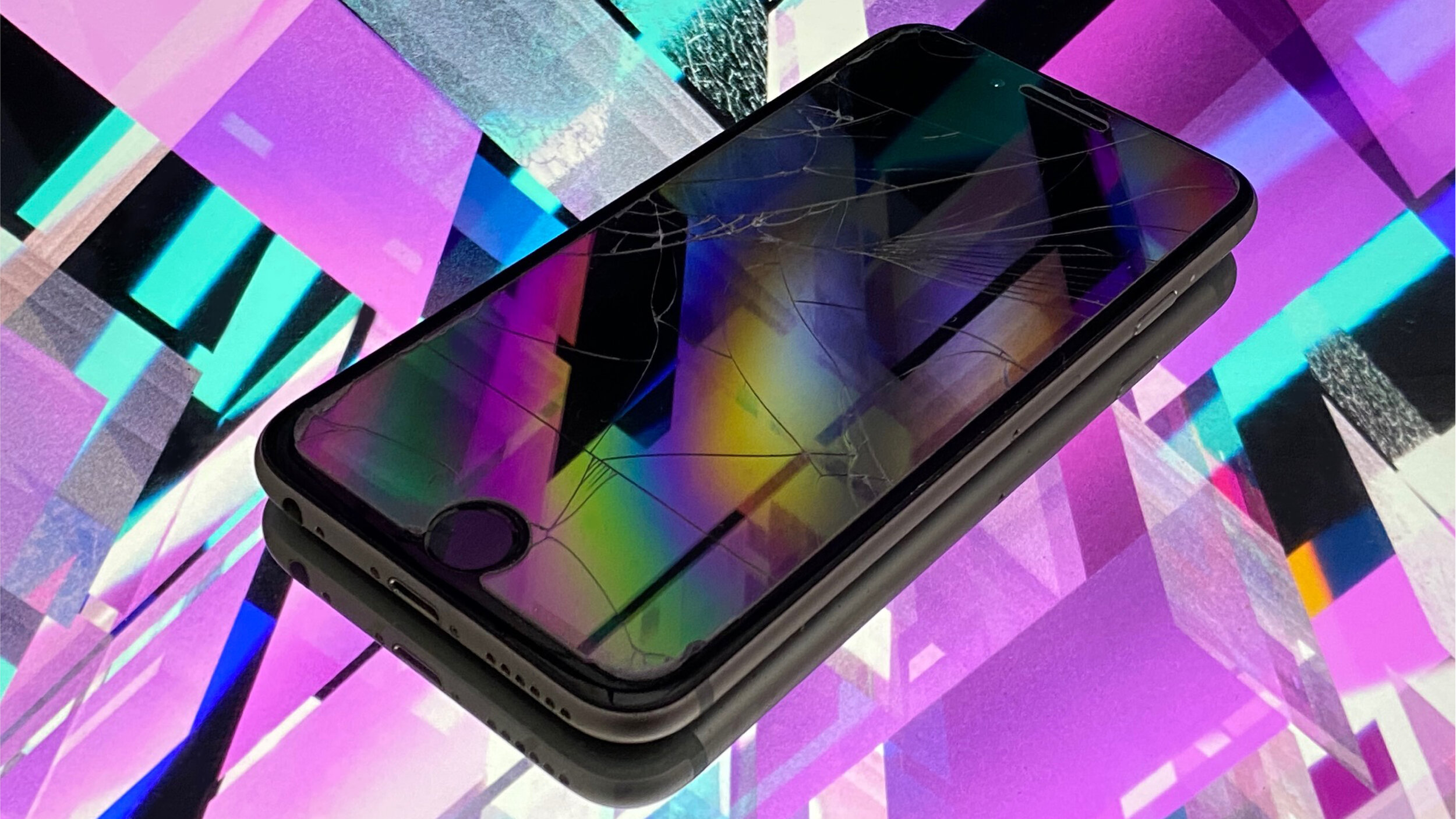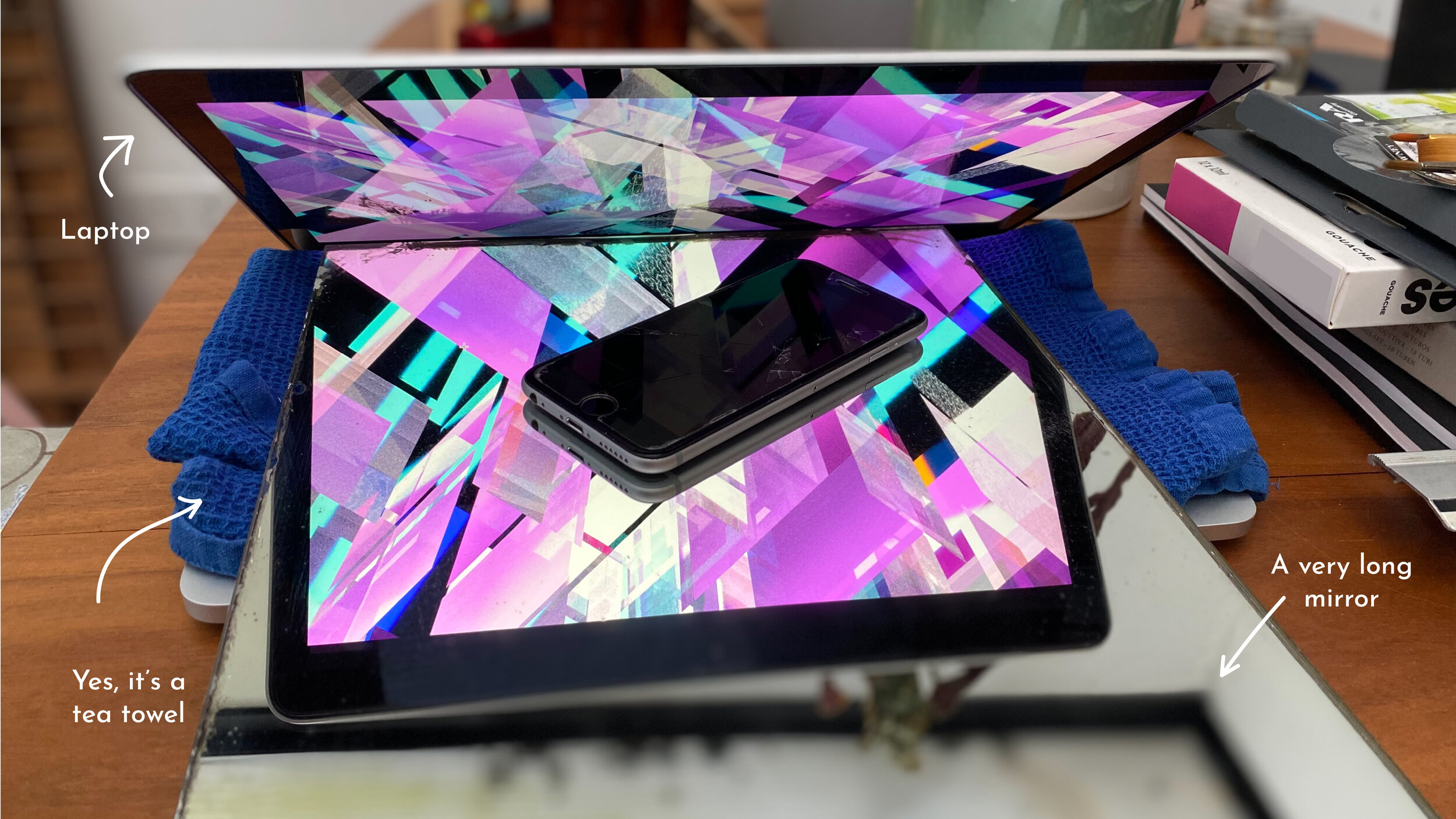Even with his precognition skills, Charlie Brooker would have had trouble writing a Black Mirror episode like this past year, so it makes sense that he would do a ‘wipe’ episode like ‘Death to 2020’ instead. When the real world is outdoing your dystopian show, all you can do is sit back and laugh at it.
These guerrilla ads for season six that appeared last summer in Madrid tapped into that feeling exactly. They actually had nothing to do with the show but very cleverly ‘reflected’ our current reality and, in fairness, it’s hard to resist a good selfie, especially one so prescient.
Credit: https://www.adsoftheworld.com/media/outdoor/netflix_black_mirror_6th_season
It got me thinking about the different uses of mirrors in art and some of the artworks that are famous for their mirrors. Jan van Eyck’s ‘The Arnolfini Wedding’ is notable not only for the inclusion of many references to marriage and fertility (there’s those signs and symbols again) but also for a small self portrait of the artist himself in the round mirror at the back of the room. In his painting ‘Las Meninas’, Velázquez actually does the opposite of Van Eyck, in that the actual subjects of the painting - the King and Queen of Spain - appear in the mirror at back of the room, while the majority of the painting shows the court and the artist at his easel. It’s a look behind the scenes, and it’s a bit inception-y when you realise that Velazquez is actually in the midst of painting the portraits that you see in the mirror. Finally, we’ve got Manet’s ‘A Bar at the Folies-Bergère’ in which the entire background of the painting, the part behind the barmaid, is really a huge mirror and we can even see the artist at the counter. Like I said – it’s hard to resist a selfie. All of these paintings expand the picture space with the use of a mirror, giving a third dimension to a 2D image.
Click to view image larger
Of course mirrors have been used in almost every art form you can think of, from theatre to animation to film, and with good cause - they’re the ideal way to show two sides of a story. Horror movies have some great examples, like the ‘redrum’ reveal in The Shining (plus it’s many other ‘mirroring’ moments), as well as Hitchcock’s use of mirrors to show the duality of his characters. In Jordan Peele’s ‘Us’, the main character actually meets her double in a literal hall mirrors and the two become more and more alike as the film progresses.
Click to view image larger
This duality is also really interesting for me in relation to advertising. It’s always the beautifully retouched end result that we get to see, but I always love a peek behind the scenes to see how something is made.
With this image I wanted to use a mirror just as these artists did - to give a glimpse behind the scenes. The idea is to not just show the final image, but how it was created and the technique used is something I picked up over lockdown. I also decided to use my very own black mirror with its cracked screen as a little homage to the show. I created a 3D render of a mirror maze, loaded that image on my laptop screen, placed the phone on a real mirror and got snapping. The result is an image using multiple screens, mirrors and dimensions. I reckon Van Eyck would be proud.









